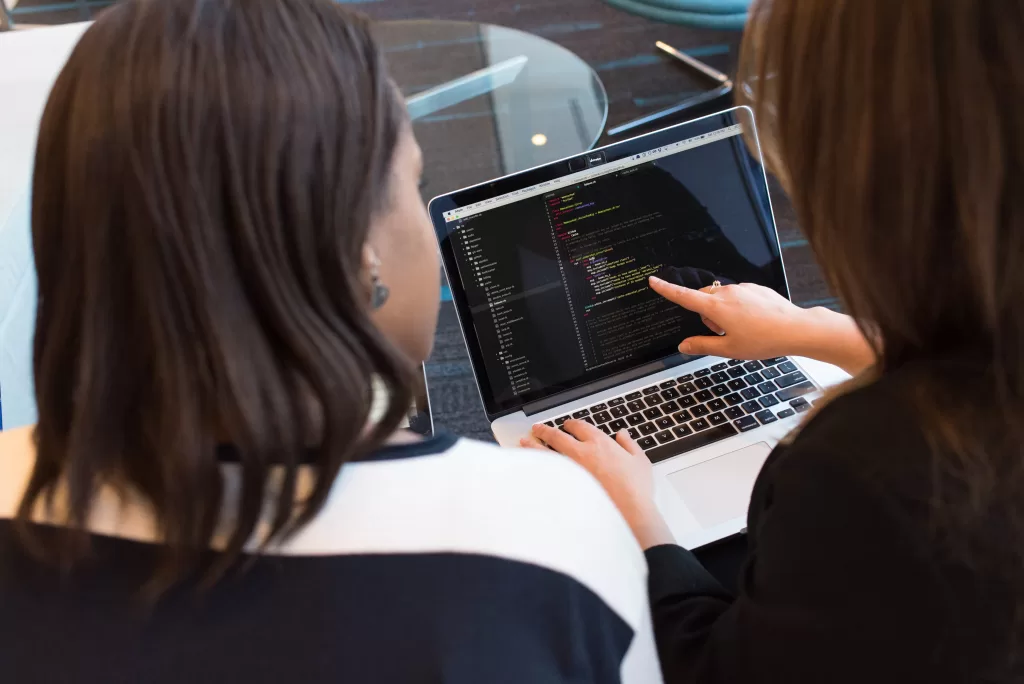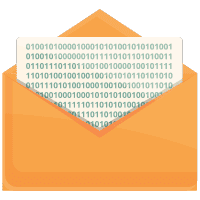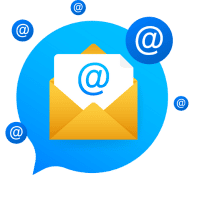Docker is a widely used tool among developers. But how much do you really know about Docker? Having a clear understanding of how Dockers works is a real advantage. Docker was voted the number one most-loved development tool and the most-wanted tool in Stack Overflow’s 2022 Developer Survey. So, Docker is a tool that’s sure to gain further interest in the coming years.
Building your Docker knowledge base now is certainly a wise move. Here, you’ll find seven steps explaining how to learn Docker from scratch to get you started. But first, we’ll explain exactly what Docker is.

What is Docker?
Docker operates as a platform as a service (PaaS) tool that facilitates the packaging of software applications into containers.
So, what makes Docker so popular? The main advantage of using Docker is its ability to package applications in lightweight containers that can be run on a single server. These containers can run on all Windows, MacOS, or Linux kernels. For you, this means your applications can be distributed more easily as they work with all operating systems.
Learning Docker in 7 Steps
Take a look at these seven steps to help you get to grips with the basics of learning Docker:
1. Setting Up
To get started using Docker, you’ll first need to install it on your computer. As Docker works on Linux, Windows, and MacOS, you simply need to download the correct native application for your computer:
2. Understand Docker Terminology
Very specific terminology is used in Docker. So, it’s helpful to get to grips with this before you go any further. Here are the main terms you’ll come across when using Docker:
Container
A container runs the application and is created using Docker images.
Docker Daemon
The daemon runs in the background, managing and distributing Docker containers.
Docker Hub
A registry with a directory of Docker images. Here, you’ll find all available Docker images.
Images
These are lightweight software applications containing everything needed to run an application.
3. Learn Key Docker Commands
There are several commands you’ll use frequently on Docker. It’s helpful to familiarize yourself with these as you begin to experiment with Docker:
- Docker run
- Docker pull
- Docker push
- Docker start
- Docker stop
- Docker restart

4. Create a Dockerfile
Creating a Dockerfile is something you will do frequently when using Docker. A Dockerfile is created from layers of images stacked together to create a final image.
5. Understanding Docker Containers
Docker containers are used to run software applications without the need for Virtual Machines (VMs). Containers can run the application in isolation on different operating systems using only a low level of computing power.
6. Using the Docker Run Command
You will use the docker run command frequently. This command runs a command in a new container.
7. Share the Application
Once you’ve created your image, you’ll need to know how to share it. This requires the following steps:
- Create a repository on Docker Hub.
- Push the image by running the Docker Push command.
- Run the image on a new instance to see your new image.
Conclusion
Understanding the basics of Docker is an excellent foundation for your knowledge. But building on this with further learning is really helpful. There are many courses available that teach the fundamentals of Docker for beginners. You can take your pick from course providers, including Udacity, Treehouse, and Coursera, and you’ll soon be an expert.




